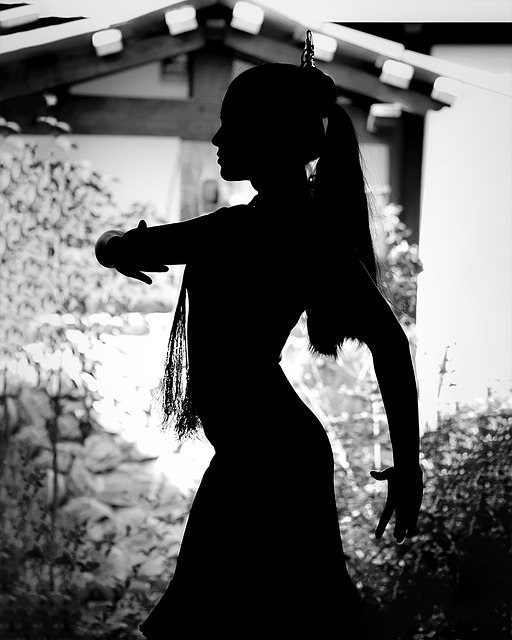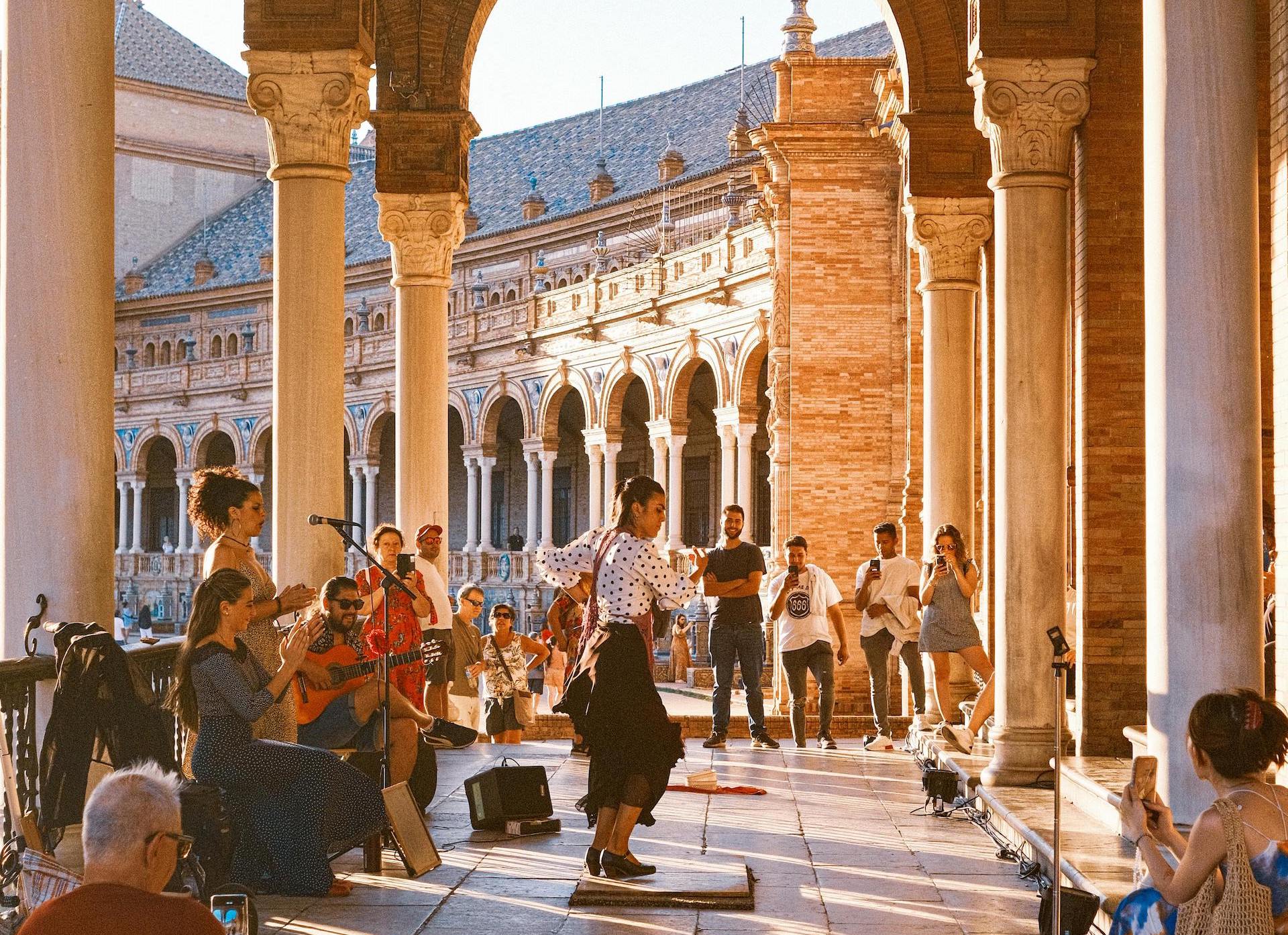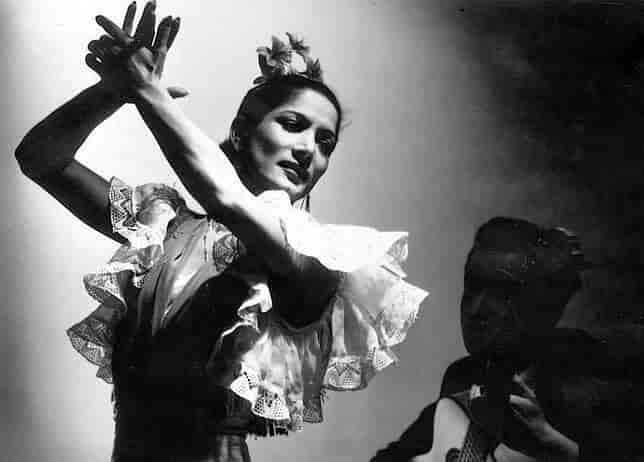Somewhere between the souvenir shops of Seville—where ruffled dresses hang limp in plastic—and a dancer I met once in Málaga who wore a shredded hoodie and no shoes, flamenco fashion lost its way. Then found it again. Then torched the map.
Because flamenco’s not one thing. It never was. And neither is what they wear when they bring it to life.
Let’s get this out of the way: the “traditional” flamenco dress? That red-and-black polka-dot vision with sleeves like trumpets and hips that don’t forgive? It’s barely 100 years old. Born from feria style. More feria queen than gypsy rebel. Pretty, sure—but flamenco didn’t start there. It started in dirt yards and taverns and caves, and the outfits back then? Whatever they had. Aprons. Shawls. Mourning dresses turned inside out. Broken shoes held together with twine and pride.
Then came the morphing. Always the morphing.
By the ’60s, Franco had weaponized flamenco fashion for tourism. Wanted it neat, wanted it clean. Suddenly the dance was scrubbed for stage shows and cruise ship Spain. Flamenco dresses got louder but the duende got quieter. It was all spectacle, no scars.
But scars always come back.
In the late 2000s, something shifted. Young dancers started showing up to festivals in biker boots and ripped tights. Grit seeped back in. I remember seeing a bailaora in Córdoba with a shaved head and a skirt made from a car seat cover. She moved like a war drum and the old ladies in the front row didn’t know whether to clap or call the police. It was perfect.
Today, there’s no single flamenco “look” anymore.
Some wear the dress. Some burn it. Others remix it—lace sleeves with combat trousers, traditional mantones over leather bras. I’ve seen Gitano girls wearing wedding veils just for the drama of it, stomping in heels the color of dried blood.
Even corporate gigs are catching on. They want that edge now—the real thing, not the polished package. And if you’re ever putting something together in the capital and want a show that actually has heat (not just a watered-down sevillanas set), these guys don’t mess about: corporate events company Madrid. I’ve seen their setups—flamenco that still bites.
Because flamenco fashion isn’t about fabric.
It’s about defiance.
It’s about walking on stage like a curse in heels, like your grandmother’s ghost is watching from the wings, like your ancestors would slap you if you played it safe. And that’s the evolution. Not from old to new. But from costume to intention.
So yeah, wear what you want.
Just make sure it hurts a little when you move.



